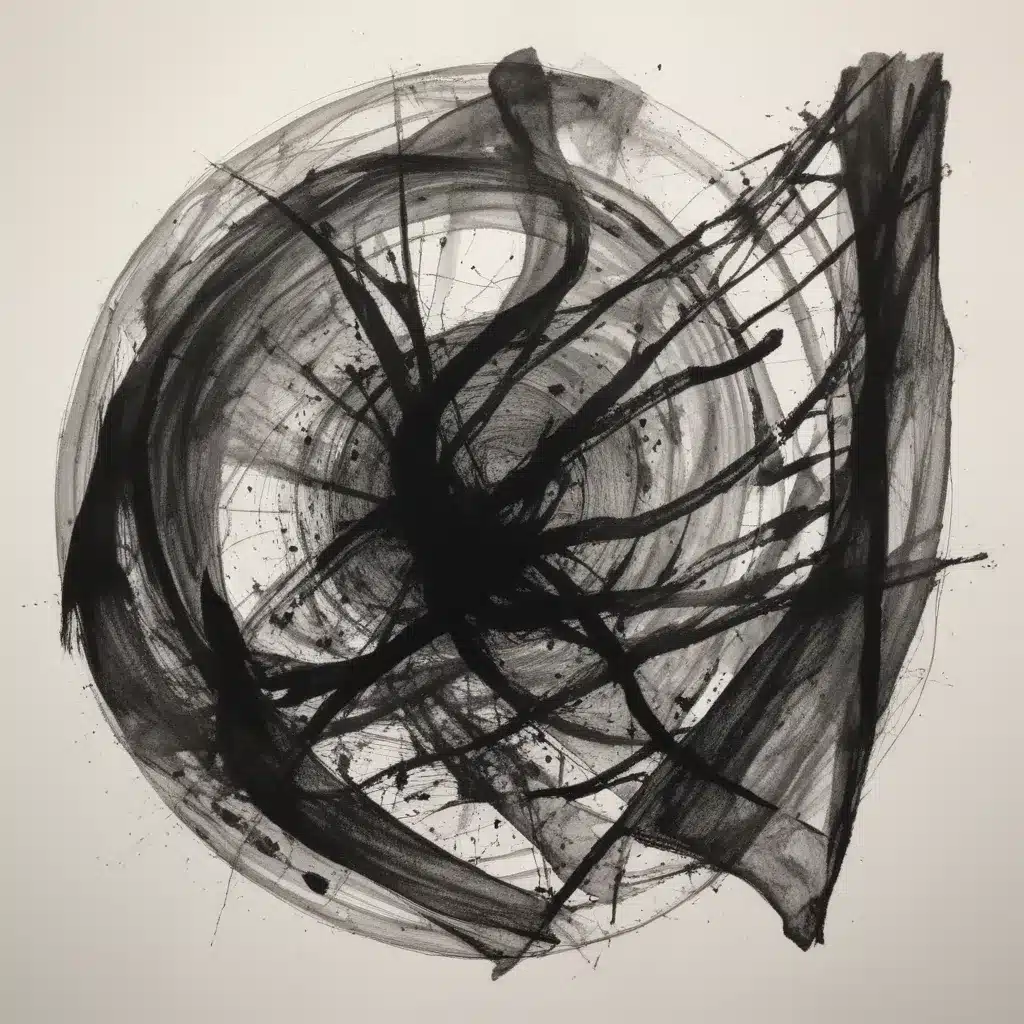
Sculptural Approaches
Artistic expression takes many forms, from the delicate gestures of a pencil sketch to the bold, dimensional sculpting of clay. One particularly captivating approach sits at the intersection of these mediums – the exploration of sculptural mark-making through drawing techniques like ink, charcoal, and graphite.
These dimensional drawing experiments push the boundaries of traditional 2D artworks, evoking a sense of depth, volume, and movement through masterful use of line, tone, and texture. By carefully considering how light interacts with the drawn surface, artists can conjure up sculptural illusions that challenge the viewer’s perception.
Mark-Making in Sculpture
The act of mark-making is fundamental to drawing, but it can also play a vital role in the sculptural process. As artists experiment with different drawing tools and techniques, they discover new ways to translate 3D forms onto a 2D plane. Gestural lines, hatching, and scumbling can suggest the surface quality and contours of a sculptural object. Meanwhile, the interplay of light and shadow creates dimensional effects that heighten the illusion of form.
“Drawing is the foundation of art. A good drawing will stand on its own, even without color.” – Juliette Aristides
Casting Shadows in Sculpture
One particularly effective technique for evoking sculptural presence is the strategic use of cast shadows. By carefully observing how light falls on a 3D object, artists can employ shadow effects to enhance the sense of depth, volume, and solidity in their drawings.
Ink washes, charcoal blending, and graphite hatching can all be used to capture the nuanced tones and edges of cast shadows. These subtle gradations of light and dark add critical visual weight to the drawn form, grounding it in physical space. The interplay of positive and negative shapes created by shadows further reinforces the illusion of dimensionality.
Dimensional Drawing Explorations
Beyond just depicting 3D objects, some artists push the boundaries of drawing even further by experimenting with actual dimensional qualities. Techniques like layering, collage, and mixed media can introduce physical depth and texture into a drawing, blurring the line between 2D and 3D.
By incorporating found objects, recycled materials, or even sculptural armatures, these artists breathe new life into the drawing medium. The resulting works transcend the traditional flatness of paper, casting shadows and catching the light in dynamic, sculptural ways.
Creative Inspiration
Across mediums, artists continue to find innovative ways of imbuing their works with a sense of depth, volume, and presence. Whether through strategic mark-making, nuanced shadow effects, or dimensional layering, these techniques open up new realms of creative expression.
Conceptual Themes in Art
Many artists who explore sculptural mark-making do so in service of conceptual themes that delve into the human experience. Works that evoke a sense of fragility, decay, or the passage of time can resonate powerfully when rendered in a dimensional drawing style.
“Art is not what you see, but what you make others see.” – Edgar Degas
Artistic Experimentation
The most exciting advancements in dimensional drawing often arise from an artist’s willingness to experiment and push the boundaries of traditional techniques. By approaching the drawing medium with a spirit of playful curiosity, they uncover new avenues for creative expression.
Interdisciplinary Influences
Artists who work across disciplines – from sculpture and installation to printmaking and book arts – often bring a cross-pollination of ideas to their drawing practice. This interdisciplinary approach can yield innovative techniques and conceptual insights that breathe new life into the drawn form.
Practical Drawing Tutorials
For aspiring artists, the prospect of imbuing a 2D drawing with a sense of sculptural presence can seem daunting. However, with the right techniques and a spirit of exploration, the transition from flat to dimensional is an immensely rewarding creative journey.
Ink Washes and Subtle Gradations
One powerful approach is the strategic use of ink washes and gradated tones to suggest the contours and shadows of a 3D form. Start by carefully observing the play of light and shadow on your subject, then experiment with diluted ink applied in thin, atmospheric layers.
“Ink is the most versatile medium of all. You can draw with it, paint with it, and write with it. Everything is possible with ink.” – Naipaul
Charcoal Blending and Gestural Lines
The expressive, velvety qualities of charcoal lend themselves beautifully to dimensional drawing. Begin by loosely sketching the basic form with gestural lines, then use your fingers, stumps, or erasers to blend and sculpt the tones. Capture the play of light with bold contrasts and subtle gradations.
Graphite Hatching and Crosshatching
The humble pencil can also be an invaluable tool for evoking sculptural presence. Experiment with intricate hatching and crosshatching techniques to build up layers of tone and texture. Pay close attention to the directionality of your strokes to enhance the sense of form and volume.
Ultimately, the journey of dimensional drawing is one of close observation, playful experimentation, and a willingness to let the materials guide the creative process. By embracing the sculptural potential of ink, charcoal, and graphite, aspiring artists can unlock new realms of expressive possibility.
For more inspiring drawing tutorials and creative insights, be sure to visit Pencil and Paint Muse. Our experienced team of art writers and consultants is dedicated to empowering emerging artists with the knowledge and techniques to bring their visions to life.
Tip: Practice daily sketching to continually refine your technique